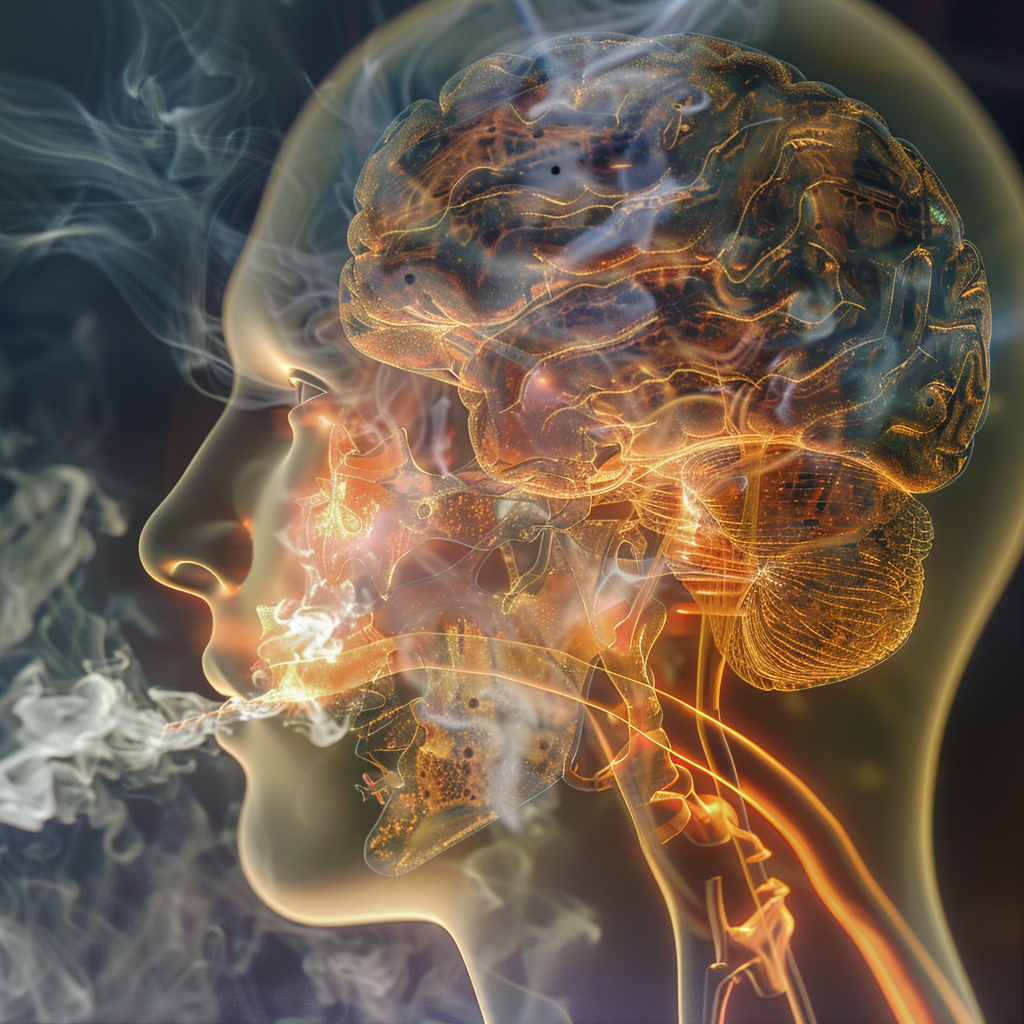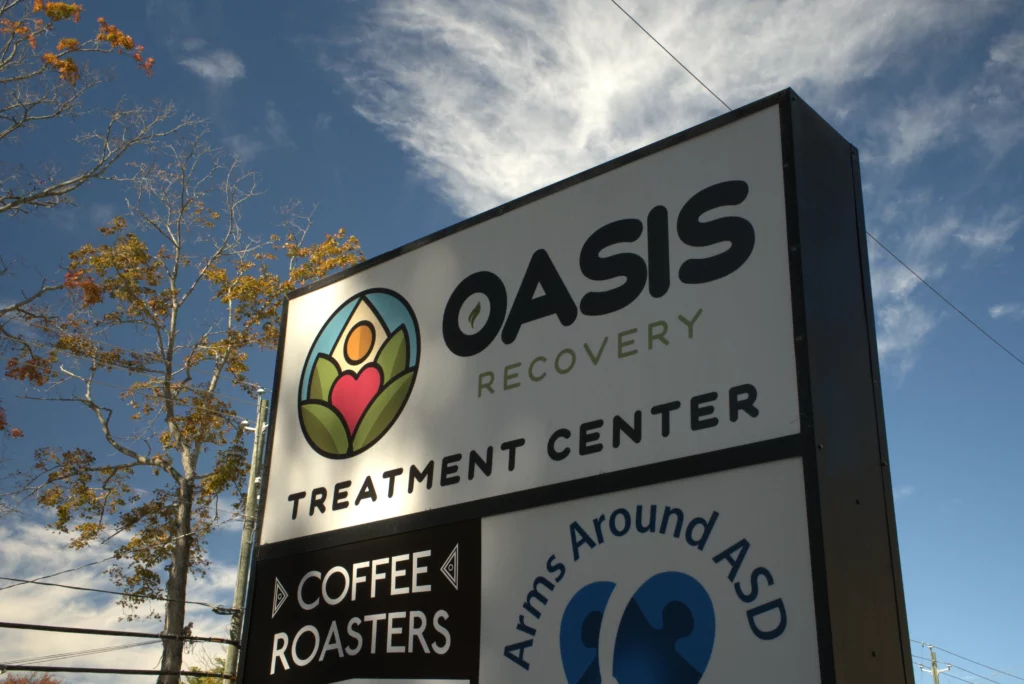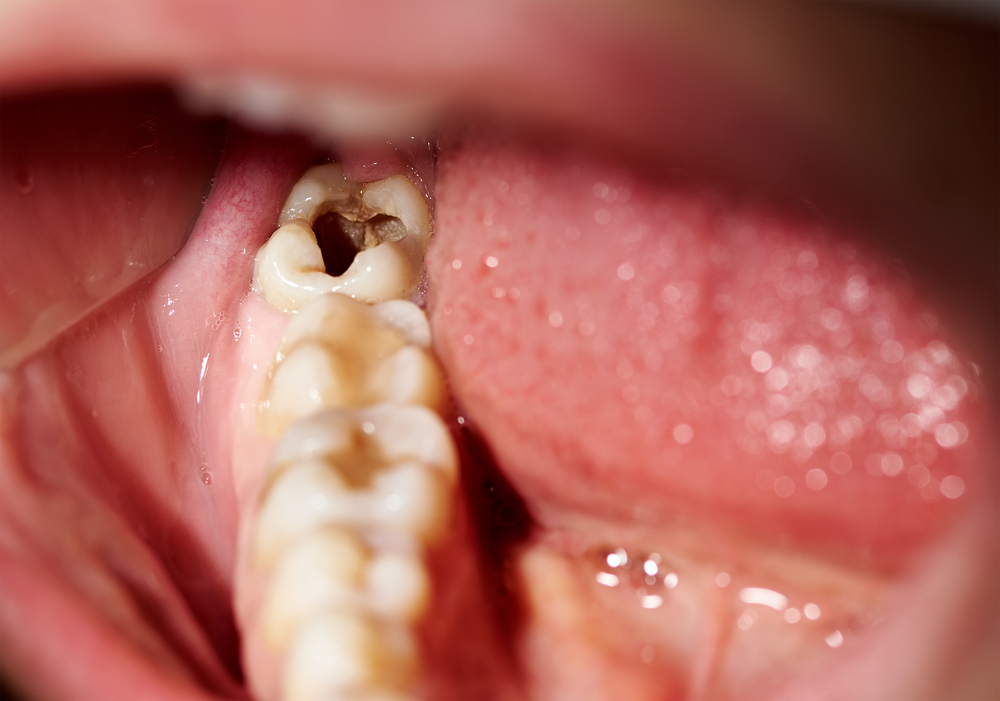Devastating Effects of Prolonged Meth Use
It’s no surprise that researchers and public-health experts labeled meth as “America’s most dangerous drug.“ The effects of prolonged meth use can be mentally and physically devastating. Few substances can degrade a person’s health and physical appearance like methamphetamine does. If methamphetamine use is affecting your life, it’s important to understand the dangers and complications that come with chronic use. It’s also important to learn about meth addiction treatment and how it can save you or a loved one’s life.
How Does Meth Impact The Brain?
Methamphetamine is a powerful and highly addictive stimulant that affects the central nervous system. When methamphetamine enters the body, it increases the amount of dopamine in the brain. Dopamine is a reward-based chemical that creates feelings of intense happiness and euphoria. Continually releasing large amounts of dopamine in the brain can change how it functions, severely damaging neural pathways and receptors.
Once the unhealthy dopamine cycle begins, a person can repeatedly crave the “good” feelings. In cases of substance use disorder and addiction, some people aren’t able to think of anything other than getting their next fix. The short-term effects of meth can be deceptively pleasant and include:
- Faster heart rate
- Faster breathing
- Elevated body temperature
- Decreased or no appetite
These symptoms are sometimes accompanied by restlessness or sleep disturbances. Some people may also experience erratic, aggressive behavior with irritability that causes them to behave violently. Side effects can become progressively dramatic and devastating as meth use continues.
Connect With Us Now
Reach out to us now for immediate support, or let us know the best time to contact you through our confidential callback service. Your journey to healing is just a conversation away.

How Common Is Methamphetamine Use In The US?
According to the most recent data on methamphetamine use, more than 2.5 million US adults reported using methamphetamine in the past year. An estimated 1.6 million people are living with methamphetamine use disorder. Unfortunately, the statistics get even grimmer. Nearly 33,000 thousand people are dying annually from overdoses involving methamphetamine and methamphetamine-like psychostimulants with abuse potential.
Read more about the dangers of different types of meth use.
12 Effects of Prolonged Meth Use
Meth speeds up the body’s systems to potentially dangerous levels, inducing uncomfortable physical sensations such as rapid, uncontrollable breathing. Prolonged meth use can also cause neurotoxicity in various parts of the brain that can lead to changes in personality, mood, and memory. With chronic meth use, a person may experience a variety of long-term effects, including:
- Permanent brain damage
- Permanent heart and cardiac damage
- Damaged kidneys
- Damaged lungs
- Damaged liver
- Insomnia and nightmares
- Anxiety and mood disturbances
- Intense paranoia and hallucinations
- Psychotic symptoms
- Predilection for violence
- Skin sore and open wounds from intense itching (commonly known as “meth mites”)
- Early-onset osteoporosis
It’s also important to highlight meth’s potential for triggering or exacerbating existing underlying psychiatric disorders. There is even concern that meth use may trigger the onset of schizophrenia symptoms. However, the similarities between methamphetamine psychosis and schizophrenia can make this a complicated topic.
Take Our Addiction Quiz for Recovery Insights

Other Severe Meth Side Effects
People who use meth are at risk for ischemic strokes caused by blood clots (thrombus) that block or plug an artery leading to the brain. Additionally, prolonged meth use can cause a form of swelling in the arteries in the veins of the brain and spinal cord called cerebral vasculitis that can elicit cortical blindness.
Meth users who inject the drug are incredibly vulnerable to HIV and viral hepatitis. In addition to increasing risks via transmission, meth may pose a double threat by suppressing immune function. Another constant threat for meth users is a condition called endocarditis, which is characterized by bacteria-induced inflammation of the interior lining of the heart’s valves and chambers.
Read more about meth’s effects on people with attention deficit hyperactivity disorder.
Meth’s Terrible Effects on Oral Health
Meth use can lead to severe dental decay. Researchers examined the mouths of 571 methamphetamine users and found that 98% had cavities, 58% had untreated tooth decay, and 31% had six or more missing teeth.
Severe tooth decay from meth use is likely caused by a drug-induced psychological and physiological change that leads to dry mouth. Many people who are under the influence of meth and other stimulants crave sugary, high-calorie carbonated beverages. What’s more, methamphetamine also has acidic qualities that can change the pH of the mouth and alter the oral microbiome. The final factor in tooth loss is the persistent grinding or clenching of teeth, a common side effect of most stimulants.
Risks for Staph Infections When Using Meth
Meth users are at risk of developing deadly staph infections that can result in limb loss and death. Staphylococcus aureus is the single most impactful bacterial pathogen in infections among injection drug users. Meth face sores often serve as telltale signs that a person is trapped in addiction.
How The Effects Of Meth Use Impact Appearance
Meth sores typically happen because a person is picking or scratching at their skin while under the influence of the drug. These deep, frequently infected sores and lesions can take months to heal and leave permanent scarring. Many people who are under the influence of meth may have tactile (touch) hallucinations of mites and bugs crawling on their bodies. During these hallucinations, meth users may pick at the skin to soothe the crawling sensations. In reality, the crawling sensations are caused by a combination of sweating, dehydration, increased body temperature, and active oil glands triggered by meth. However, paranoia and heightened alertness can make it hard for someone to think rationally.
Many people who go through prolonged meth use begin to notice that it appears like they are aging much more rapidly than their peers. This is not an illusion. There’s evidence that prolonged meth use can create exaggerated facial asymmetry that outpaces the natural asymmetry that develops with age.

Getting Help for Prolonged Meth Use
Currently, the most effective treatments for methamphetamine addiction are behavioral therapies, such as cognitive-behavioral therapy and relapse prevention, and holistic healing methods, such as adventure therapy and mindfulness. Treatment should always include a variety of traditional and alternative modes that address both the roots of addiction and the day-to-day lifestyle management needed to live a healthy, fulfilling life without substances.
1. Medical Detox For Meth Withdrawal Symptoms
Most people who stop taking meth experience intense withdrawal symptoms. When not addressed properly, these symptoms can lead to relapse. According to research, meth withdrawal can induce depressive and psychotic symptoms, long-lasting cravings, and:
- Severe depression
- Mood swings
- Anxiety
- Fatigue
- Dry mouth
- Disturbed sleep
- Headaches
- Drug cravings
- Paranoia and hallucinations
- Muscle spasms
- Malnourishment from self-neglect and lack of appetite
Rehab for drugs is crucial for anyone struggling with meth use. For someone in the depths of meth addiction, a medically supervised detox program can be essential for safely stopping usage. During a medically supervised detox, a client is under the care and guidance of a clinically trained staff 24/7. In addition to providing the necessary support and resources for withdrawal from meth, a medically supervised detox program also ensures that medical professionals can intervene if a person begins to have adverse side effects or complications that can be associated with withdrawal.
2. Full-time Addiction Treatment
Following medically supervised detox, clients can move forward into mental health and addiction treatments that focus on addressing the root causes of substance abuse. While each treatment should be tailored to the needs of the person struggling with substance use disorder, the primary goal of mental health treatment is to help clients achieve overall wellness. Some steps that may be taken during the therapeutic process include:
- Addressing previous traumas
- Treating co-occurring mental health or substance issues
- Establishing healthy behavioral thought patterns
In addiction treatment, people struggling with methamphetamine use can utilize a variety of traditional and holistic therapies to begin to feel more fulfilled and empowered in their lives. A combination of one-on-one work with therapists and group therapy with peers can provide opportunities to explore the roots of addiction. Mindfulness, meditation, red-light therapy, and other alternative therapies can be woven into a larger plan for wellness and recovery.
Are You Covered For Treatment?
Oasis Recovery Center partners with numerous private insurance providers. Our team is committed to assisting you in quickly and effortlessly verifying your insurance coverage for treatment.
Meth Addiction Treatment in Asheville, North Carolina
If you or a loved one is suffering from the effects of prolonged meth use, contact Oasis Recovery Center in Asheville, NC. Our addiction treatment center is in the heart of the Blue Ridge Mountains, and we incorporate our beautiful surroundings and community lifestyle to help clients overcome and heal from substance use. We also offer dual diagnosis treatment and trauma-informed care to help clients with co-occurring mental health disorders. Call, email, or fill out a form today to get started or learn more.








